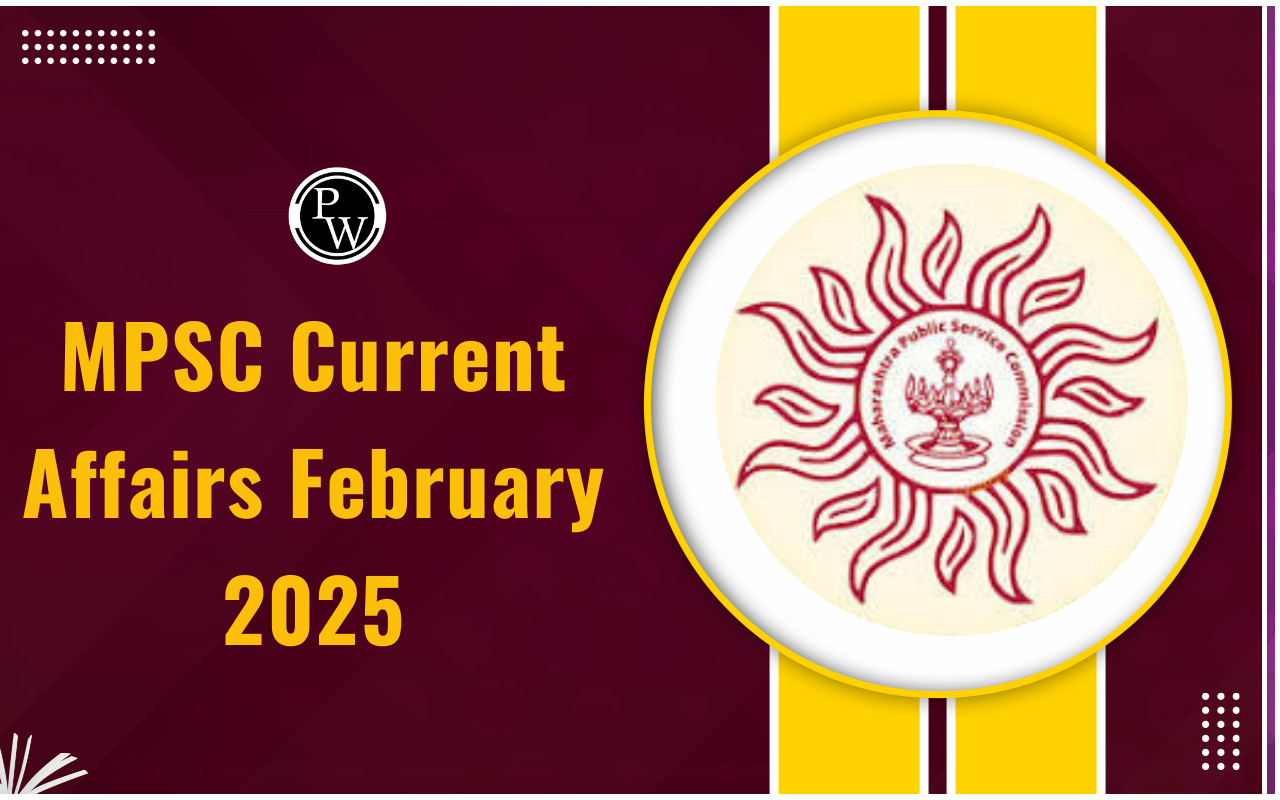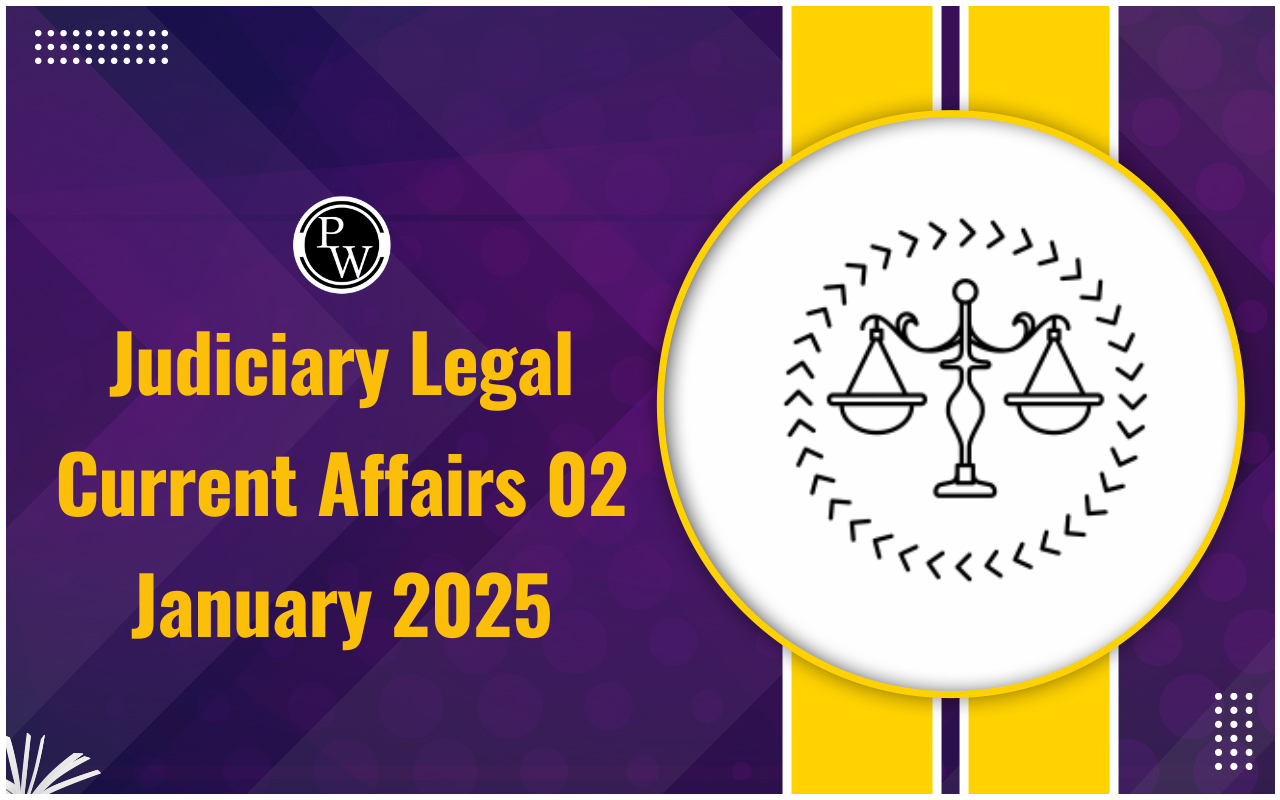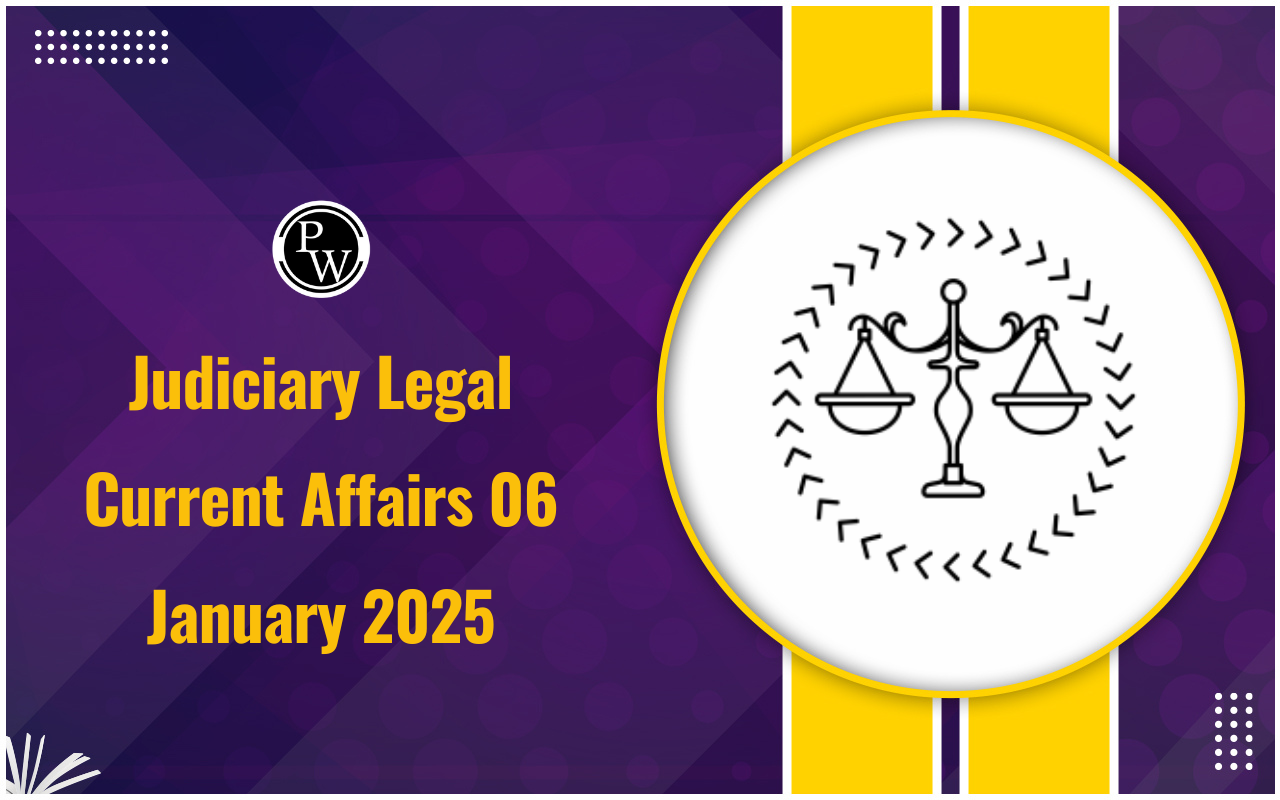
Rashtrakuta Dynasty: The Rashtrakuta Dynasty governed significant parts of South India from the 8th to 10th centuries CE. Their empire spanned modern Karnataka, along with portions of Tamil Nadu, Andhra Pradesh, Telangana, Maharashtra, and Gujarat, with Malkhed near Sholapur as their capital.
Geographically positioned between northern and southern kingdoms, the Rashtrakutas engaged in alliances and conflicts. Initially Hindu, later rulers embraced Jainism. This shift influenced their governance and cultural practices during their rule.Rashtrakuta Dynasty
The Rashtrakuta Dynasty, known for its significant rule in South Indian history, wielded power from the 8th to the 10th centuries CE. They established themselves as formidable rulers who expanded their kingdom through military conquests and cultural patronage. The dynasty's capital shifted over time, with Manyakheta being a prominent center. They are renowned for their architectural marvels like the Kailashnath Temple at Ellora and contributions to literature in languages such as Kannada and Sanskrit. Despite facing decline in the late 10th century due to external invasions, their influence persisted through subsequent dynasties in the region.Rashtrakuta Dynasty Origin
The origins of the Rashtrakuta Dynasty have been a topic of historical debate. Scholars have discussed the connection between the early Rashtrakutas from the 6th century and the later Manyakheta Rashtrakutas who ruled from the 8th to 10th centuries. Various theories suggest they claimed descent from the Yadava family of ancient times and were considered part of the Kshatriya lineage, which played a significant role in Maharashtra's history. According to popular belief, they were initially officials managing Rashtrakuta provinces, and over time, "Rashtrakuta" became a prominent surname. However, their rise to power involved supplanting the Chalukyas and establishing their empire on that foundation.Rashtrakuta Dynasty Important Ruler
The Rashtrakuta Dynasty, ruling from the 8th to 10th centuries CE, is renowned for its influential rulers and expansive territorial achievements in ancient India.- Krishna I (756-774 CE) : Krishna I ascended to power after his uncle Dantidurga, expanding the Rashtrakuta domain by defeating the Badami Chalukyas and extending influence over the Gangas and Konkan regions. Notably, he oversaw the construction of the magnificent Kailasa Temple at Ellora, now a UNESCO World Heritage site.
- Govinda II (774-780 CE) : Following Krishna I, Govinda II continued the dynasty’s military campaigns, aiding the Eastern Chalukyas and supporting a Ganga king in reclaiming his throne. His rule was cut short by his brother Dhruva Dharavarsha.
- Dhruva Dharavarsha (780-793 CE) : Dhruva Dharavarsha marked the beginning of the Rashtrakutas’ golden age. He expanded the empire by defeating rivals in Kannauj, including the Gurjara-Pratihara and Pala kingdoms, establishing the Rashtrakutas as a formidable power in North and Central India.
- Govinda III (793-814 CE) : Govinda III, succeeding Dhruva, further expanded Rashtrakuta territories from Kannauj to Kanyakumari and from Bengal to Gujarat. His military campaigns were extensive, defeating adversaries like the Gurjara-Pratiharas, Palas, Pallavas, Cholas, and Pandyas, solidifying Rashtrakuta dominance.
- Amoghavarsha I (814-878 CE) : Amoghavarsha I, known for his patronage of education and literature, moved the capital to Manyakheta (Malkhed) and promoted Jainism under the influence of Jaina monk Jinasena. He ruled for 64 years, earning recognition as one of the world’s great kings.
- Krishna II (878-914 CE) : Krishna II succeeded Amoghavarsha I and focused on literature and alliances, including matrimonial ties with the Chedis. His reign saw cultural advancements despite challenges in territorial expansion.
- Indra III (914-929 CE) : Indra III expanded Rashtrakuta influence, notably defeating rivals in Central and Southern India, and was succeeded by his son Amoghavarsha II.
- Krishna III (939-967 CE) : Krishna III expanded Rashtrakuta territories into Northern Tamil regions, engaging in conflicts with the Cholas and Malwa Paramars, while annexing parts of the Chola Empire and erecting significant structures at Rameshwaram.
- Karka (972-973 CE) : Karka faced the decline of the Rashtrakuta Dynasty due to invasions, notably by the Chalukyas under Tailapa II, marking the end of their rule.
Rashtrakuta Dynasty Administration
In the Rashtrakuta governance structure, the King held supreme authority. Succession was primarily hereditary, though the abilities of the heir were also taken into account upon ascending to the throne. The kingdom was organized into provinces, each governed by a Rashtrapati. Below them, districts were overseen by Vishayapatis, who managed local administration. Ministers of high trust supervised multiple provinces, ensuring effective governance across the realm. At the district level, administration was led by Nadugowdas, while Gramapatis oversaw the smallest administrative units. This hierarchical system enabled efficient governance and ensured the smooth functioning of the Rashtrakuta Empire.Rashtrakuta Dynasty Literature
During the Rashtrakuta Dynasty, Kannada literature flourished, marking the end of the Prakrit and Sanskrit dominance. Royal court poets composed works in both Kannada and Sanskrit, ushering in a new era of literary creativity. King Amoghavarsha I's "Kavirajamarga" stands out as the first available Kannada literary work, reflecting the dynasty's patronage of literature. Bilingual writers like Asaga gained prominence in his court, while scholars such as Mahaviracharya contributed significantly to pure mathematics. Adikavi Pampa, a Jain scholar, authored the "Adipurana," a celebrated Kannada epic during this period. Sri Ponna, another notable Jain writer, was sponsored by King Krishna III and is renowned for his biography of Shantinatha, the 16th Jain tirthankara, called "Shantipurana." Alongside Kannada literature, Sanskrit prose also thrived, reflecting the rich cultural and literary milieu fostered by the Rashtrakuta rulers.Rashtrakuta Dynasty's Contributions to Art and Architecture
The Rashtrakuta Dynasty left an indelible mark on Indian art and architecture, particularly evident in the rock-cut cave temples scattered across Maharashtra.Ellora and Elephanta Caves
- Ellora Caves: The Rashtrakutas played a pivotal role in renovating and dedicating rock-cut shrines, prominently seen in the Ellora Caves of Maharashtra. King Amoghavarsha furthered this legacy by commissioning five Jain cave temples at Ellora. However, the crowning achievement of Rashtrakuta architecture at Ellora is the magnificent monolithic Kailashnath Temple. This temple, carved out of a single rock in Ellora Cave 16, stands as one of the largest rock-cut temples globally. Construction began during the reign of Dantidurga and was completed under Krishna I, reflecting a Dravidian architectural style.
- Elephanta Caves: Located on Elephanta Island in Mumbai Harbour, the Elephanta Caves are another testament to Rashtrakuta patronage. Designated as a UNESCO World Heritage Site, these caves feature sculptures dating from the 9th to 13th centuries. Notable among them is the Trimurti sculpture depicting Shiva with three faces, resembling the Rashtrakuta emblem of Brahma, Vishnu, and Mahesh. The site's sculptures have been attributed to the imperial Rashtrakutas of Manyakheta, indicating their influence in the region.
Other Significant Temples
- Dhumer Lena and Dashvatara Caves: In addition to Ellora, Maharashtra boasts other significant rock-cut temples attributed to the Rashtrakutas, such as the Dhumer Lena and Dashvatara cave temples. These temples showcase intricate carvings and architectural finesse, blending Pallava and Chalukya styles.
- Jogeshvari Temple: Near Mumbai, the Jogeshvari temple stands as a testament to Rashtrakuta architectural prowess, offering insights into their cultural and religious contributions in the region.
- Pattadakal Temples: Moving south to Karnataka, the Rashtrakutas constructed the Kashivishvanatha and Jain Narayana temples in Pattadakal. These temples highlight their architectural diversity and commitment to religious patronage.
Society and Culture of the Rashtrakuta Dynasty
During the Rashtrakuta Empire, the emperor or king held the highest authority and was revered as the protector of social justice, order, and peace. Citizens relied on their ruler to ensure governance and resolve disputes, with local guilds or cooperatives handling day-to-day matters based on customary laws. If disputes escalated, they were referred to higher authorities for resolution.Guilds and Castes
Society in the Rashtrakuta Empire was organized into castes based on professions. Each caste adhered to its own rules and customs, typically maintaining strict adherence unless under exceptional circumstances. The ruling castes, governed by ancient traditions, also followed orthodox practices. Despite this structure, Rashtrakuta rulers fostered religious tolerance, contributing to a generally inclusive society that accepted people of various faiths.Religious Tolerance
The Rashtrakuta Dynasty was known for its religious tolerance, allowing diverse religious practices to flourish within their empire. This policy of acceptance contributed to a harmonious social fabric where individuals of different faiths coexisted peacefully.Religion and Language of the Rashtrakuta Dynasty
The Rashtrakuta Dynasty played a pivotal role in promoting Kannada as a prominent language in India. While Kannada had been in use for centuries, it was during the Rashtrakuta era that it gained widespread popularity as a language of everyday communication. Alongside Kannada, the Rashtrakutas also patronized Sanskrit, which served as the language of the elite and scholarly circles. King Amoghavarsha I made significant contributions to both languages, marking a milestone in Kannada literature with his work "Kavirajamarga."Literary and Religious Patronage
Amoghavarsha I's influence extended beyond language promotion; he also endorsed Jainism, leading to a flourishing of Jain scholars in his court. This period saw notable figures like the Jain mathematician Mahaviracharya thriving under royal patronage. In Kannada literature, luminaries such as Adikavi Pampa and Sri Ponna emerged, leaving lasting legacies as iconic contributors to the language.Cultural Impact
The Rashtrakuta Dynasty's support for Kannada and Sanskrit not only enriched literary traditions but also fostered cultural diversity and intellectual exchange across their empire. Their promotion of Jainism alongside other faiths exemplified religious tolerance, contributing to a rich tapestry of cultural heritage during their reign.Decline of the Rashtrakuta Dynasty
The decline of the Rashtrakuta Dynasty began during the reign of Khottiga Amoghavarsha, a period marked by significant challenges. In 972 CE, the dynasty suffered a critical blow when Khottiga Amoghavarsha was defeated and killed by a ruler from the Paramara dynasty. This event led to the plunder and destruction of Manyakheta, the capital city, dealing a severe blow to the prestige of the Rashtrakutas.End of an Era
Indra IV, the last ruler of the Rashtrakuta Dynasty, faced insurmountable challenges. In 982 CE, he chose to end his life through Sallekhana, a ritualistic Jain practice involving fasting unto death. With Indra IV's death, the Rashtrakuta Dynasty came to an end, marking the conclusion of their rule over a significant part of South India.Legacy and Influence
Despite their decline, the Rashtrakutas made a lasting impact on Indian history and culture. While parts of their kingdom were absorbed by succeeding dynasties such as the Cholas, elements of their administrative system and cultural practices continued to influence subsequent empires. Their legacy persisted through architectural achievements like the Kailashnath Temple at Ellora and advancements in literature, particularly in Kannada and Sanskrit.Rashtrakuta Dynasty FAQs
What was the Rashtrakuta Dynasty?
The Rashtrakuta Dynasty ruled over significant parts of South India from the 8th to the 10th centuries CE, encompassing regions of Karnataka, Maharashtra, Tamil Nadu, Andhra Pradesh, Telangana, and Gujarat.
Where was the capital of the Rashtrakuta Dynasty?
The Rashtrakuta Dynasty had its capital initially at Manyakheta (Malkhed), which later shifted over time.
What were the major achievements of the Rashtrakuta Dynasty?
The Rashtrakutas were renowned for their architectural marvels like the Kailashnath Temple at Ellora, patronage of literature in Kannada and Sanskrit, and their cultural influence across South India.
Who were some notable rulers of the Rashtrakuta Dynasty?
Notable rulers included Krishna I, Amoghavarsha I, Govinda III, and Krishna III, known for their military prowess, cultural patronage, and territorial expansions.
What led to the decline of the Rashtrakuta Dynasty?
The decline began with internal conflicts and external invasions, culminating in the defeat of their last ruler, Indra IV, and the eventual end of the dynasty in 982 CE.
🔥 Trending Blogs
Talk to a counsellorHave doubts? Our support team will be happy to assist you!

Check out these Related Articles
Free Learning Resources
PW Books
Notes (Class 10-12)
PW Study Materials
Notes (Class 6-9)
Ncert Solutions
Govt Exams
Class 6th to 12th Online Courses
Govt Job Exams Courses
UPSC Coaching
Defence Exam Coaching
Gate Exam Coaching
Other Exams
Know about Physics Wallah
Physics Wallah is an Indian edtech platform that provides accessible & comprehensive learning experiences to students from Class 6th to postgraduate level. We also provide extensive NCERT solutions, sample paper, NEET, JEE Mains, BITSAT previous year papers & more such resources to students. Physics Wallah also caters to over 3.5 million registered students and over 78 lakh+ Youtube subscribers with 4.8 rating on its app.
We Stand Out because
We provide students with intensive courses with India’s qualified & experienced faculties & mentors. PW strives to make the learning experience comprehensive and accessible for students of all sections of society. We believe in empowering every single student who couldn't dream of a good career in engineering and medical field earlier.
Our Key Focus Areas
Physics Wallah's main focus is to make the learning experience as economical as possible for all students. With our affordable courses like Lakshya, Udaan and Arjuna and many others, we have been able to provide a platform for lakhs of aspirants. From providing Chemistry, Maths, Physics formula to giving e-books of eminent authors like RD Sharma, RS Aggarwal and Lakhmir Singh, PW focuses on every single student's need for preparation.
What Makes Us Different
Physics Wallah strives to develop a comprehensive pedagogical structure for students, where they get a state-of-the-art learning experience with study material and resources. Apart from catering students preparing for JEE Mains and NEET, PW also provides study material for each state board like Uttar Pradesh, Bihar, and others
Copyright © 2025 Physicswallah Limited All rights reserved.
Get App









